Imagine sailing down one of Europe’s iconic rivers as picturesque villages, castles and landscapes pass you by, all while twinkling lights from nearby Christmas markets dance on the water. While this might sound like a fairy tale, it can be a reality on a Christmas market river cruise.
From late November through December every year, most river cruise companies with Europe-based ships take excited passengers to idyllic towns to learn about Christmas traditions, shop at local Christmas markets and try tasty seasonal treats.
These river cruises only run seasonally while the markets are open, so they tend to book up quickly with passengers ranging from older adults to all types of families looking for a winter holiday filled with festive fun.
Here, we list the eight best Christmas markets river cruises to take in 2025 and 2026, along with tips to get the most out of each sailing and highlights not to miss.
Best for short cruises: Riverside Luxury Cruises’ Christmas Atmosphere along the Danube
If you’re looking for a short sailing to tack onto the beginning or end of a trip, Riverside Luxury Cruises offers several four-night Danube River itineraries from Vienna to Passau, Germany. The line’s four-night Christmas Atmosphere along the Danube sailings include port days in Vienna, Krems and Linz, Austria, before a final day in Passau.
In Vienna, you can visit one of the city’s 100-plus museums or the iconic Opera House before heading to the Christmas market for a glass of mulled wine and shopping. For those interested in wine, Krems is a must-see destination offering some of the best wines in the country. Linz is known for its historic old town and main square, as well as its jammy treat, the Linzer torte.
In Passau, be sure to explore the Christmas market, but don’t miss St. Stephen’s Cathedral. Its impressive organ, with almost 18,000 pipes, is the biggest cathedral organ in the world.
Each Riverside Luxury Cruises ship is all-suite and comes with butler service. Vessels also feature an indoor pool and a Jacuzzi for use before or after trips ashore.
Related: Best river cruises in Europe

Daily Newsletter
Reward your inbox with the TPG Daily newsletter
Join over 700,000 readers for breaking news, in-depth guides and exclusive deals from TPG’s experts
Riverside Luxury Cruises’ Christmas Atmosphere cruises depart in late November and December in 2025 and 2026. Fares start at $1,732 per person, based on double occupancy.
Your cruise fare includes all meals, one excursion per destination, gratuities, Wi-Fi, butler service and transfers. Alcoholic drinks are only included with the Premium All-Inclusive Package, which you can select at booking.
Best for Francophiles: CroisiEurope’s Christmas in the Seine Valley
France is known for some of the most photogenic Christmas markets in Europe, and you have the chance to see some of them on a four-night Christmas in the Seine Valley river cruise with CroisiEurope Cruises. These shorter cruises are great if you’d like to spend a few days in Paris before stepping onto the cruise ship and sailing to three other beautiful towns.
The river cruise starts in Paris, where you can spend the day exploring the city, seeing the Christmas markets in Montmartre or Saint-Germain, or shopping for high-end gifts along the Champs-Elysees before the 5 p.m. all-aboard time.
Day two will bring you to Rouen, where you are invited to join Christmas Eve dinner and midnight Mass. You’ll also get to see more of Rouen on day four with a guided tour. If you have free time, be sure to stop in at La Couronne, the oldest operating restaurant in France and the place that inspired Julia Child to start cooking.
Spend Christmas Day in Honfleur, one of the cutest cities on the voyage. Be sure to get the town’s specialty, a steaming bowl of moules frites (mussels with fries), for Christmas lunch. After three days of touring smaller towns, you’ll return to Paris, where the Eiffel Tower is visible from the banks of the Seine.
CroisiEurope’s Christmas in the Seine Valley cruise departs Dec. 23 in 2025 and 2026. Fares start at $1,560 per person, based on double occupancy.
All of your meals and most drinks, free Wi-Fi, all onboard activities and port fees are included in the cost of the cruise. Headsets are also included for excursions if you choose to go with the group for tours rather than venturing off on your own.
Related: Booking your first river cruise? Here’s what you need to know
Best for families: Adventures by Disney’s Rhine River Christmas Markets
Families looking to explore Christmas markets through Switzerland, France, Germany and the Netherlands will enjoy Adventures by Disney‘s Rhine River Cruise: Christmas Markets sailing. The seven-night cruise allows kids as young as 5 to join, though Disney’s suggested age is 8 or older.
What really makes Adventures by Disney stand out is the Adventure Guides, Disney-trained leaders who are experts in each destination. Each Adventure Guide travels with the group throughout the cruise, so your family really gets to know them and they get to know you. This allows them to make personalized recommendations about activities and meals. As you walk through each town, they share the history, culture and legends of the destination.
The weeklong trip starts in Basel, Switzerland. You’ll then visit Breisach, Germany, the home port from which you can choose to visit Europa Park in Rust, Germany, or head to Colmar, France, which is famous for its Christmas markets and the Cheese Museum. You’ll have the next day to enjoy Strasbourg, France, via boat and tourist train rides.
Day four brings the group to Mannheim, Germany, where you can enjoy a funicular ride to Heidelberg Castle or go ice skating at Heidelberg’s Christmas market.
In Rudesheim, you can take part in a coffee and hot chocolate tasting, marvel at one of the largest mechanical music box collections in the world, enjoy a wine tasting or explore the city on your own. You’ll spend the evening sailing through the Rhine Gorge, passing 30 castles along the shore.
The last day in Germany is spent in Cologne, where you can visit the beautiful Christmas markets that dot the city landscape, as well as lace up some skates to glide around an open-air ice rink.
The cruise ends in Amsterdam, where you can visit the Rijksmuseum, the Rembrandt House Museum or the Van Gogh Museum, and take a scenic canal cruise through the city.
Adventures by Disney’s Rhine River Cruise: Christmas Markets cruise departs Dec. 18, 2025. Fares start at $6,599 per adult and $5,899 per child under 11, based on double occupancy. The 2026 itinerary is not yet available.
Fares for the once-a-year cruise include most meals, drinks at lunch and dinner (plus a nightly cocktail hour, during which a range of mixed drinks are complimentary), excursions in each port of call, porter service, transportation in port, Wi-Fi, gratuities for onboard staff and Adventure Guides, and onboard entertainment.
Related: Are European river cruises right for families?
Best for couples: Viking’s Danube Christmas Delights
Couples looking to get away for the holidays should consider Viking‘s Danube Christmas Delights river cruise. The seven-night cruise takes passengers to four countries: Hungary, Slovakia, Austria and Germany. The trip combines opportunities to explore the ports of call with lectures and cultural performances on board the ship.
In Budapest, you’ll spend two days exploring the city at places like Castle Hill and the Grand Market Hall before shopping and dining at the Christmas market in front of St. Stephen’s Basilica. Then, in Bratislava, Slovakia, the group will attend an organ concert and shop at the Old Town Christmas market.
In Vienna, the whole city comes alive with lights and a festive spirit. One thing not to miss here is the extra-charge excursion to a local winery, where you will celebrate the year’s harvest and vintage.
Another highlight of the cruise is Krems, where the group will visit Gottweig Abbey and get exclusive access to the chapel in the inner courtyard to see the Nativity scene. (The chapel is usually closed to visitors.)
Finally, in Passau, you can watch an Advent wreath demonstration or visit a Bavarian farm and sample homemade products.
Viking offers Danube Christmas Delights river cruises from late November through mid-December in 2025 and 2026. Fares start at $2,799 per person, based on double occupancy.
Fares include shore excursions in every port; free Wi-Fi; all meals; beer, wine and soft drinks with lunch and dinner; port taxes and fees; and visits to UNESCO World Heritage Sites. In select ports, passengers can sign up for optional excursions that are an added cost. These could be worth the upcharge, depending on the type of experience you want to have.
Related: Best river cruise lines around the world
Best for old-world charm: Uniworld’s Belgian Holiday Markets
Travelers looking to explore all of the Old World historic charm of Belgium will want to book Uniworld’s Belgian Holiday Markets cruise. The seven-night cruise visits Belgium and the Netherlands, with port days in iconic cities like Ghent, Bruges and Antwerp.
The cruise is a closed loop, starting and ending in Brussels. On day one, take time to explore the city on your own after dropping your luggage off at the ship. On day two, you’ll need to decide whether to visit Ghent or Bruges, both of which have beautiful architecture and a Christmas market, and offer opportunities to try local food.
The cruise continues to Antwerp, Belgium, where you can nurture your inner book nerd in the Nottebohm Room of the Hendrik Conscience Heritage Library or satisfy your sweet tooth at Chocolate Nation, a museum entirely dedicated to Belgian chocolate.
The following day in Hasselt, you can take a guided walking tour of the city or head to the French-speaking town of Liege, which hosts the oldest Christmas market in Belgium. Day five brings you to Maastricht in the Netherlands, where you can explore the city and its Christmas market or head to Aachen, Germany, for festive fun. Alternatively, you can visit Valkenburg’s underground Christmas market, located inside a cave.
After another stop in Antwerp, it’s back to Brussels for a full day in the city, where you can indulge in your favorite vices with city tours that include chocolate tastings or a trip to the Belgian Beer Museum, plus a visit to the Christmas market.
Uniworld offers its Belgian Holiday Markets cruise on three departure dates from early to mid-December 2025 and in 2026. Fares start from $4,099 per person in 2025, based on double occupancy, and $3,959 in 2026.
The cruise fare includes premium spirits and wine, access to bikes and walking sticks, fitness classes, Wi-Fi, enrichment lectures and shore excursions in each port. Onboard gratuities and group transfers to and from the airport are also included.
Related: River cruise packing list: What to pack when traveling by riverboat
Best for solo travelers: Tauck’s Yuletide Spirit
Solo travelers looking to enjoy a river cruise without the hassle of a single supplement should check out Tauck’s Christmas market itineraries. On all European river cruises, including the seven-night Yuletide Spirit: Amsterdam to Brussels cruise, the line waives the single supplement on Category 1 river-view cabins.
If your cruise starts in Amsterdam, you don’t have to be on the ship until 4 p.m., so use the morning to walk around town or get tickets to tour the Anne Frank House.
On your second day in Amsterdam, visit the Rijksmuseum and take an evening canal cruise with the group. Foodies will love it when the cruise heads to Gouda to explore the city’s history and cuisine; in addition to the region’s famous cheese, be sure to taste stroopwafels, which are cookie sandwiches invented in the city.
At the midpoint of the cruise, you can choose between a guided walking tour of Rotterdam, with stunning outdoor sculptures and a thriving local food market, or Delft, known for its distinctive blue and while pottery and medieval architecture.
The cruise also visits Bruges, known as “The Venice of the North” thanks to its numerous canals. Then, a stop in Antwerp provides a chance to explore the various Christmas markets that are spread throughout the city. Your trip ends in Brussels, with a whole day to explore the cute squares and charming markets, and try local fare.
Tauck offers four December departures of its Yuletide Spirit: Amsterdam to Brussels cruise in 2025 and 2026, meaning the last cruise sets sail after Christmas. The 2025 sailings are either entirely sold out or have limited availability. While fares for 2025 cruises start at $3,990 for solo travelers in a Category 1 room, the majority of those cabins are booked. At the time of writing, Category 1 cabins are still available for the Dec. 27, 2025, sailing.
The 2026 departure dates are available, and you can make a deposit to hold your spot. However, final pricing and itinerary details aren’t available yet.
Solo travelers should know that these cabins don’t have a balcony and are the smallest on the riverboat at 150 square feet, but you likely won’t spend much time in your room on this sailing. The cruise fare includes all gratuities; private shore excursions; meals; unlimited drinks, including premium spirits; and basic Wi-Fi, plus airport and train transfers.
Best for an extended cruise: Avalon Waterways’ Christmastime from Basel to Nuremberg
Travelers looking for a longer cruise will want to consider Avalon Waterways’ nine-night Christmastime from Basel to Nuremberg river cruise, which includes an overnight in Nuremberg.
Your trip will begin in Basel, with time to wander the city center and sample traditional treats such as gingerbread and Swiss raclette (melting cheese) before boarding at 5 p.m.
Your first stop will be in Germany to visit the Black Forest, where you can learn about local traditions and German winemaking. The next day brings the cruise to Strasbourg, France, where you can tour the La Petite France District and wander through the warm glow of the Christmas market.
Back in Germany, travelers can enjoy the Speyer Christmas markets or travel farther on a bus to Heidelberg to explore Heidelberg Castle.
Peruse more Christmas markets in Frankfurt and Rudensheim during the days that follow. The last stop is Nuremberg. An overnight stay here provides plenty of time to enjoy the city’s medieval architecture, Christmas markets and historic Kaiserburg Castle.
Avalon Waterways offers its Christmastime from Basel to Nuremberg cruise Nov. 29 and Dec. 1, 2025. Prices start at $5,418 per person, based on double occupancy. In 2026, two departures on Nov. 29 and Dec. 10 offer starting rates of $5,295 per person.
Fares include meals, drinks during meals and happy hour, Wi-Fi, a library, excursions, bike rentals and a fitness center. Gratuity is not included for hotel stays and meals during the land portion of your trip.
Best for unique destinations: AmaWaterways’ Gems of Southeast Europe
While many river cruises traverse the waters around France, Germany and Austria, AmaWaterways‘ Gems of Southeast Europe itinerary takes guests to Bulgaria, Croatia, Hungary, Serbia and Romania. The seven-night cruise sails between Budapest and Giurgiu along the Danube River.
If your sailing starts in Budapest, you’ll need to arrive a day early if you plan to explore the city; the cruise does not offer excursions here. Your first stop will be Mohacs, where you can enjoy the nearby Christmas markets in Pecs or venture to Szekszard for a wine tasting.
Day three is spent in Vukovar, where you can meander through the historic towns or explore the city via an active bike tour. You can also enjoy a wine tasting and tour of the Old Cellars, known for Grasevina, Traminac and Frankovka wines.
The cruise continues to Belgrade, where you can wander around the city on your own, hike to Belgrade Fortress or sample local cuisine and Serbian brandy. Day five is exciting for nature enthusiasts as you sail through The Iron Gates, which is a series of gorges that mark the border between Serbia and Romania.
The final stop is Rousse, where you can venture farther into Romania to Bucharest, which is known as the “Little Paris of the East,” for a city tour and Christmas market.
AmaWaterways’ Gems of Southeast Europe departs on four dates between late November and mid-December in 2025 and 2026. For 2025 sailings, fares start at $2,639 per person, based on double occupancy. In 2026, fares start at $3,149.
Fares include Wi-Fi, wellness activities, daily entertainment and cultural performances, all meals, drinks at lunch and dinner, plus a daily cocktail hour, excursions in each destination and access to knowledgeable guides.
Bottom line
If you’ve ever considered a Christmas market river cruise, now is the time to cross the experience off your bucket list.
Many of the best river cruise brands and tour companies offer Christmas markets river cruises throughout Europe, whether you’re looking for a family-friendly option, solo travel sans single supplement or a cruise with unique destinations.
It’s most important to choose a cruise based on which destinations you wish to visit and which travel dates and itinerary lengths work with your schedule. But don’t forget to consider the cruise line.
The inclusions on most of the river cruises are similar but can vary in scope, such as which drinks are included or cost extra, and how many complimentary shore excursions you can take.
You’ll also want to consider the overall vibe of your trip and your expectations, whether you’re looking for a luxury trip with more upscale ships and higher service levels, or a more affordable option that emphasizes exploring and finding your own adventures.
Planning a cruise? Start with these stories:





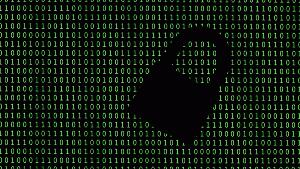








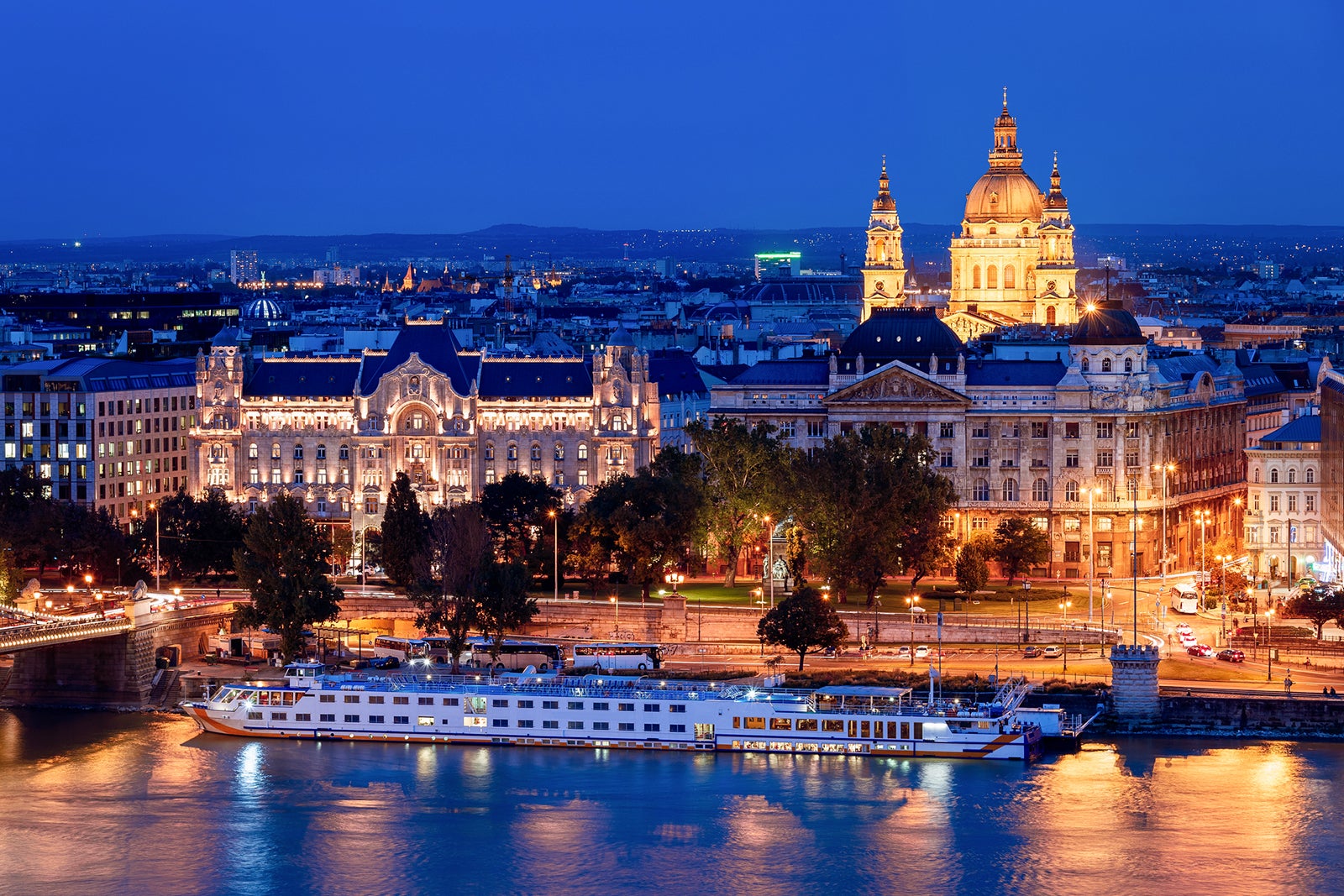



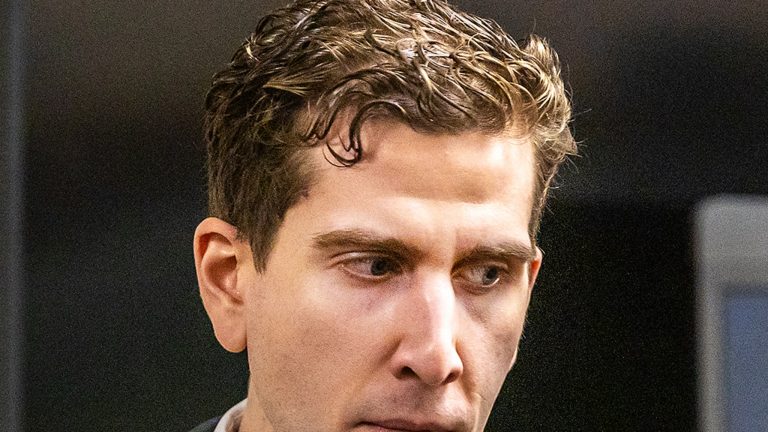
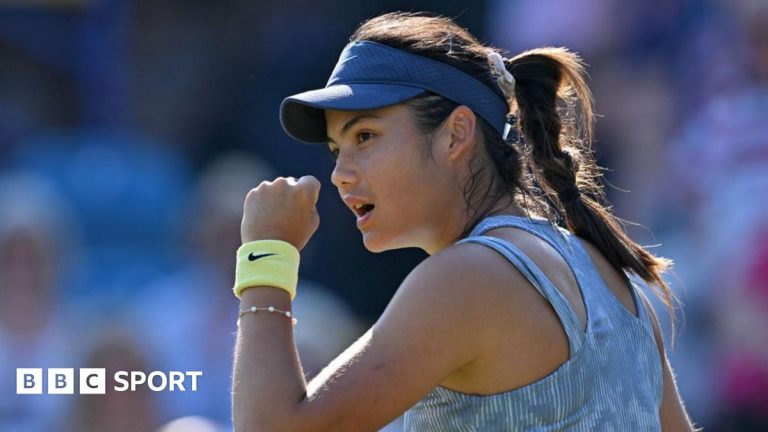



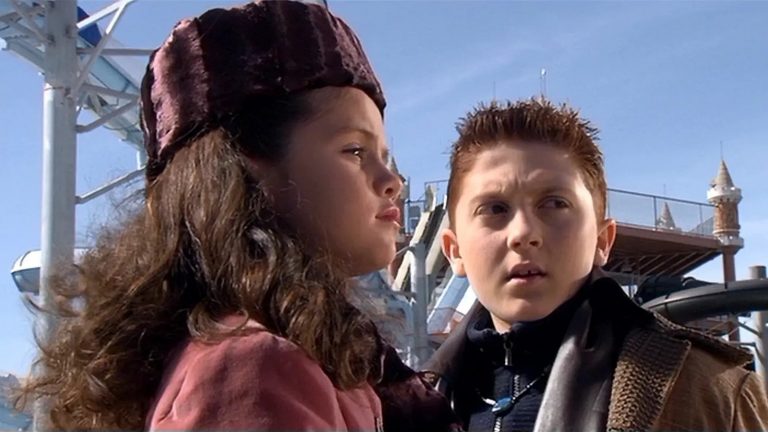

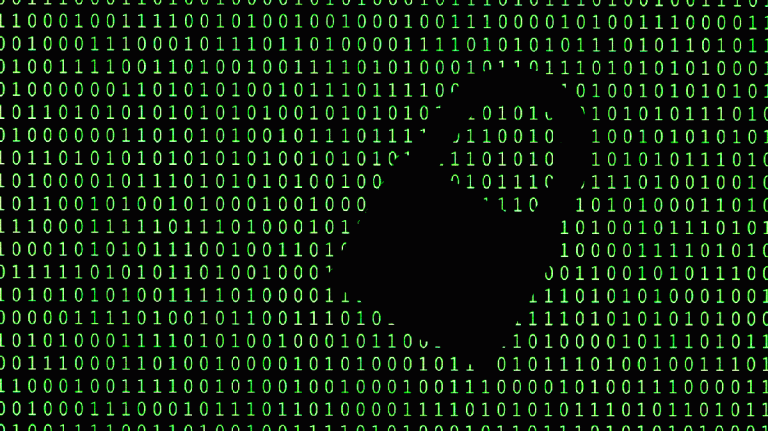
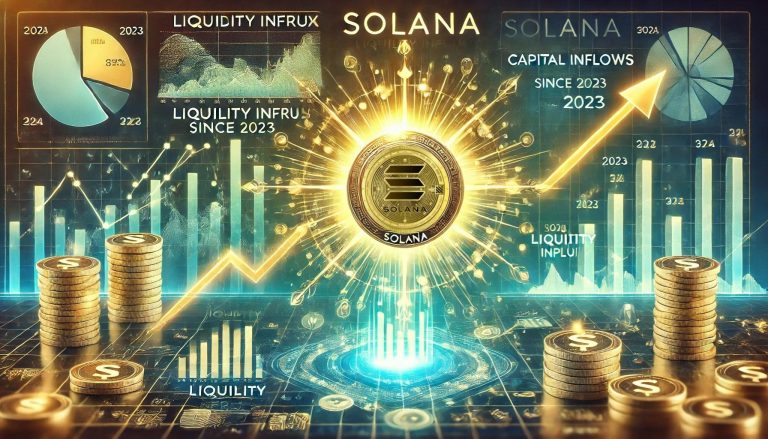
+ There are no comments
Add yours